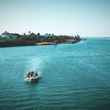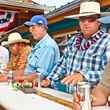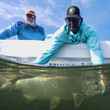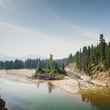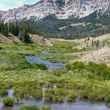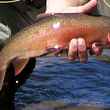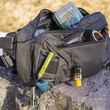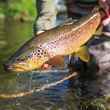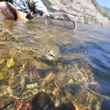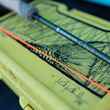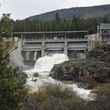No, you can’t actually see the tide drain the blonde sand flat southeast of Clarence Town harbor, but it happens fast. And it happens in toto. As in, when the tide goes out, it goes all the way out, leaving behind something akin to a Walmart parking lot after a thunderstorm.
Seemingly, one minute the warm Caribbean water is there. The next, it’s gone.



